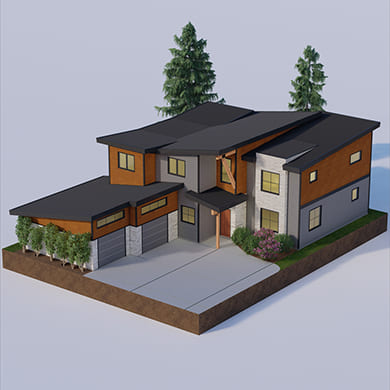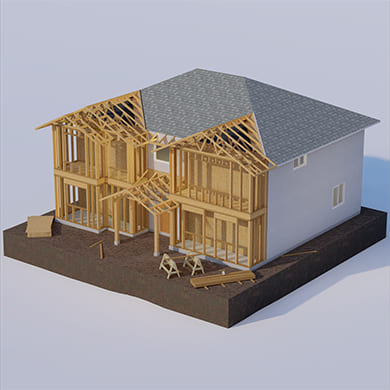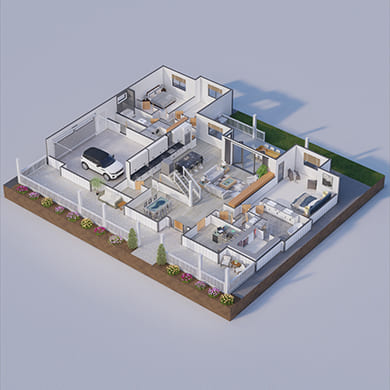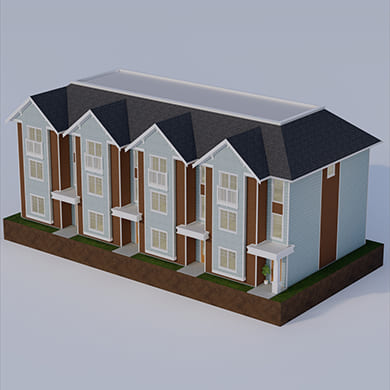Initial consultation incorporating project feasibility, desired styles, wish lists, rough conceptual floor plans and elevations, and how to get it all onto paper.
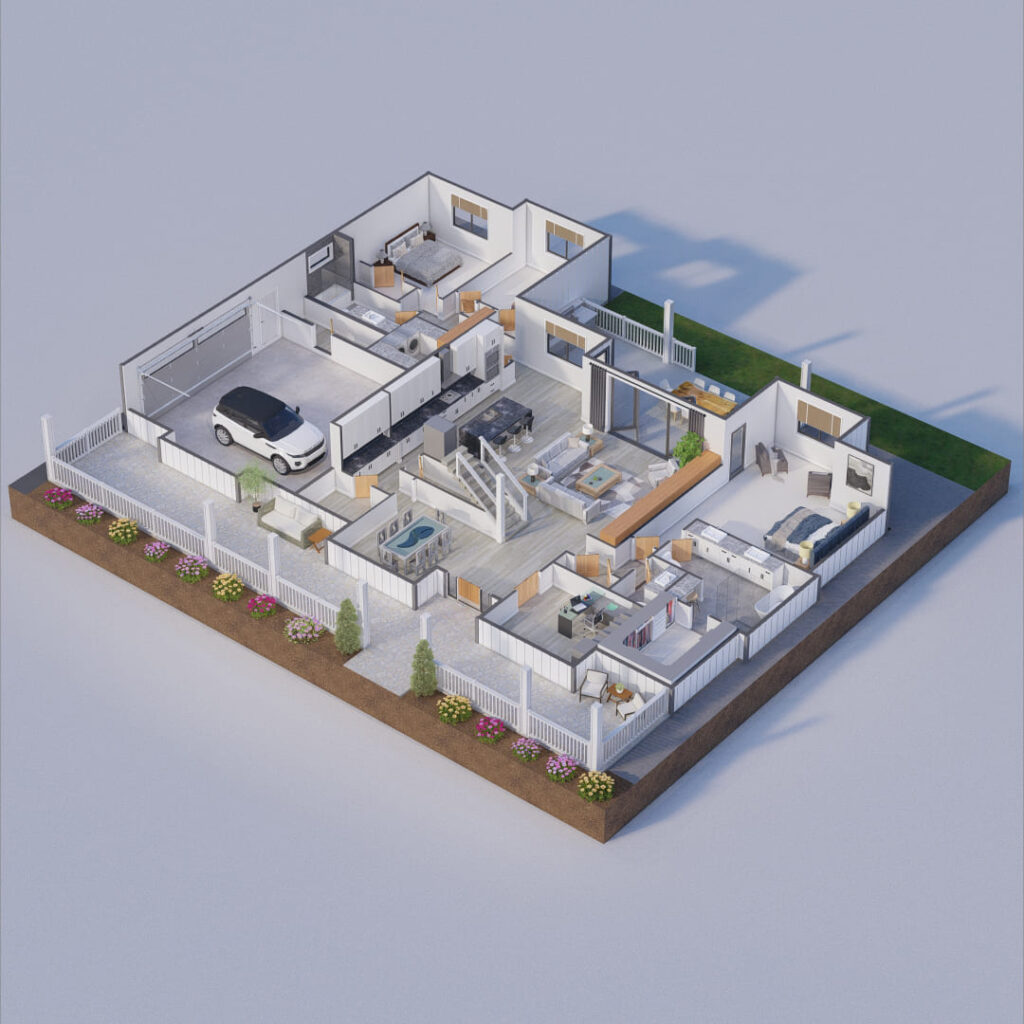
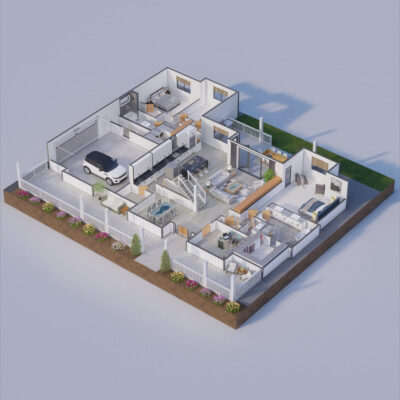
Comprehensive Custom Designs
Interior Design
Designing and specifying interior elements is as important as the house itself. For example, millwork design, like the kitchen, is an item where a coordinated plan has a significant impact on the finished home. Other items like finishes, lighting, hardware such as doors or cabinet handles, and product specifications are all things that will need to be determined eventually. It’s best to have a solid plan at the beginning.
Why choose us for your interior design needs? Not only do we love designing interiors, but designing the entire house and the interior together makes for a more total and complete overall design. Sometimes knowing interior elements early on ensures enough space is allotted for that item. During the design of the house, small nuances like that stack up, creating a more thorough design.
A full set of to-scale drawings with 3Ds, elevations, detailed floor plans and how it all sits on the property. Continued refinements to the clients preference. Consultation in regards to zoning, building code, and design the whole way through. Full working construction drawings of the house with all necessary technical details required for engineering, building permits and construction.
Initial consultation incorporating project feasibility, desired styles, wish lists, rough conceptual floor plans and elevations, and how to get it all onto paper. A full set of to-scale drawings with 3Ds, elevations, detailed floor plans and how it all sits on the property.
Continued refinements to the clients preference. Consultation in regards to zoning, building code, and design the whole way through. Full working construction drawings of the house with all necessary technical details required for engineering, building permits and construction.
Interior Design Services
Get In Touch With Us
250 – 915 – 7965
9am – 5pm, Monday – Friday
info@impacthomedesign.ca
Responds within 24 Hours

